
Some people want to fix the shape of their nose. Others do it to breathe better. For many, it’s a mix of both. That’s where rhinoplasty comes in. It changes how your nose looks and works at the same time. But before going ahead, you need to understand the rhinoplasty cost. It’s not just the surgery you pay for. There’s more to it.
Things like tests, medicines, and aftercare also add up quickly. Many people don’t know this part until they start planning. That’s why it’s important to look at everything together. From types of noses to what affects the total cost, this blog keeps it clear. No tricky words or medical confusion. Just simple facts that help you make the right decision.
Rhinoplasty: What Is It?
Rhinoplasty is a surgery that changes how your nose looks or works. You can go for it if your nose feels too big, wide, or out of shape. It’s also an option if you have a birth defect or faced an injury. Some people even choose it when they have breathing issues.
This surgery works by reshaping or removing bone and cartilage from your nose. But it’s not always about appearance. Sometimes, it’s done to help you breathe better. That’s when doctors also perform a septoplasty, which fixes a crooked nasal wall. A crooked septum can block airflow and make it hard to breathe.
In many cases, both procedures are done together in a single surgery. It saves you time and helps with healing.
Worried about bad credit? Explore your plastic surgery financing options.
Why Do People Get It?
Some do it to improve how their nose looks, smooth a bump or narrow it. Some fix both looks and breathing in one go.
Some need it after an accident or injury that affected their nose shape. And some get a revision if the first surgery didn’t meet their expectations.
But keep in mind that rhinoplasty takes time to heal. Swelling can last for months, so results won’t be instant. If you’re thinking about a revision, wait until everything fully settles.
| Quick Tip: Talk to your surgeon and explain what you want clearly. They’ll tell you what’s possible and what can work best for you. |
Different Types of Noses People Commonly Have
Every nose is different. But most noses still fall into a few common shapes. Knowing them helps you understand facial structure and why people choose surgery.
1. Male Nose
Male noses look strong and well-defined. They’re wider at the base and have a sharp, straight bridge. The tip is usually less refined, giving a bold, masculine look. That’s why some men get nose jobs to make features look more balanced.

2. Greek Nose
This one starts high near the forehead and stays straight till the tip. It’s often seen in classic sculptures and symbolizes ideal beauty. But sometimes, the height makes the face look long. That’s why people lower the bridge for better facial harmony.
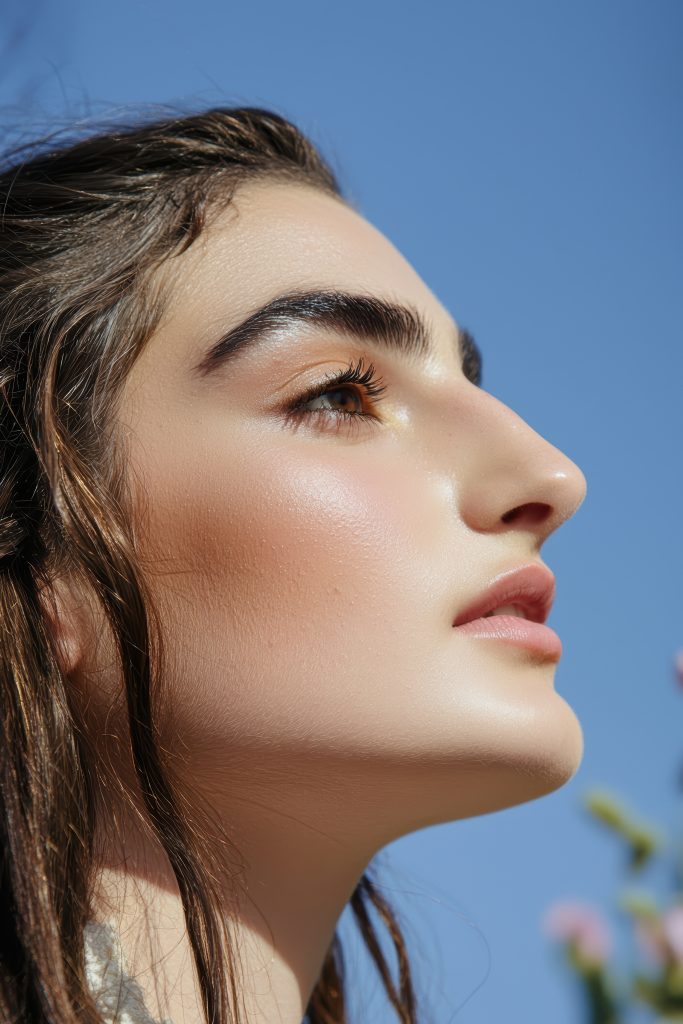
3. Roman Nose
It has a slight bump on the bridge and points forward a bit. This shape gives a strong and dominant look. Many leaders in history had this nose type. Some choose to smooth the bump while keeping the bold look.

4. Boxer Nose
This nose looks flat, bent, or off-center. It usually comes from repeated injury or trauma. You’ll often see it in athletes or contact sports players. Surgery helps restore shape and improve breathing at the same time.

5. Turned-Up Nose
The tip is slightly raised, giving it a soft and youthful look. It’s short, neat, and one of the most asked-for styles. People love how it adds charm without looking too sharp. It’s a common choice in cosmetic procedures.
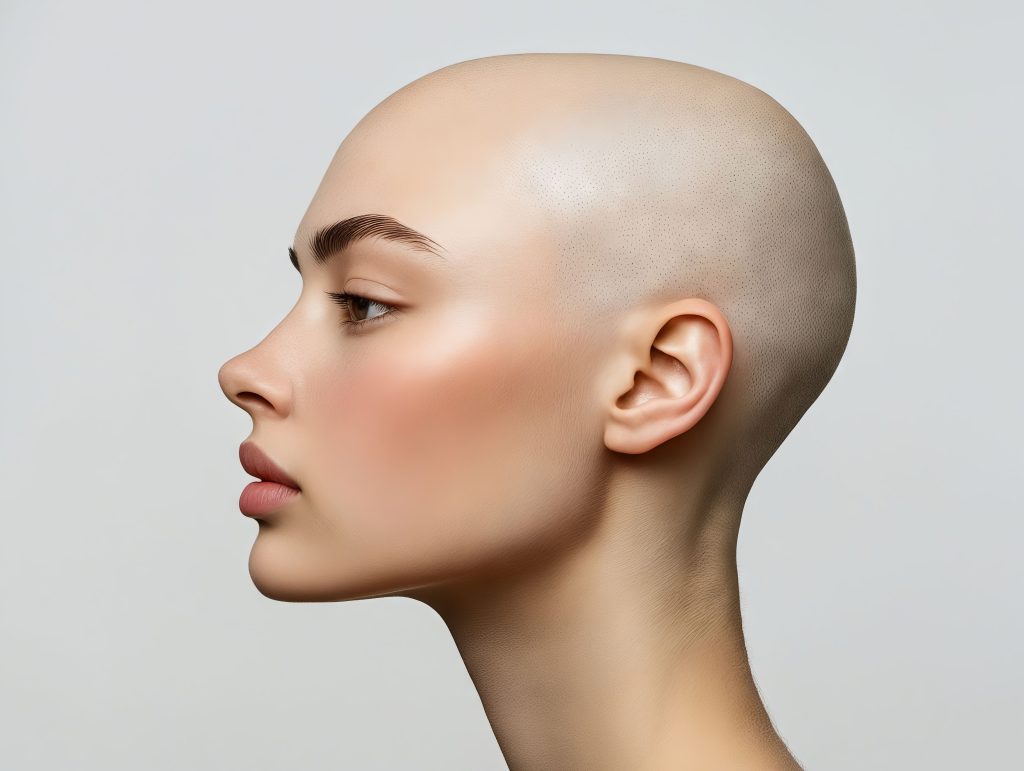
6. Hooked Nose
This one curves down and has a sharp tip. It gives a strong and striking appearance. Some people love it for its uniqueness. Others prefer a smoother shape for a gentler profile.
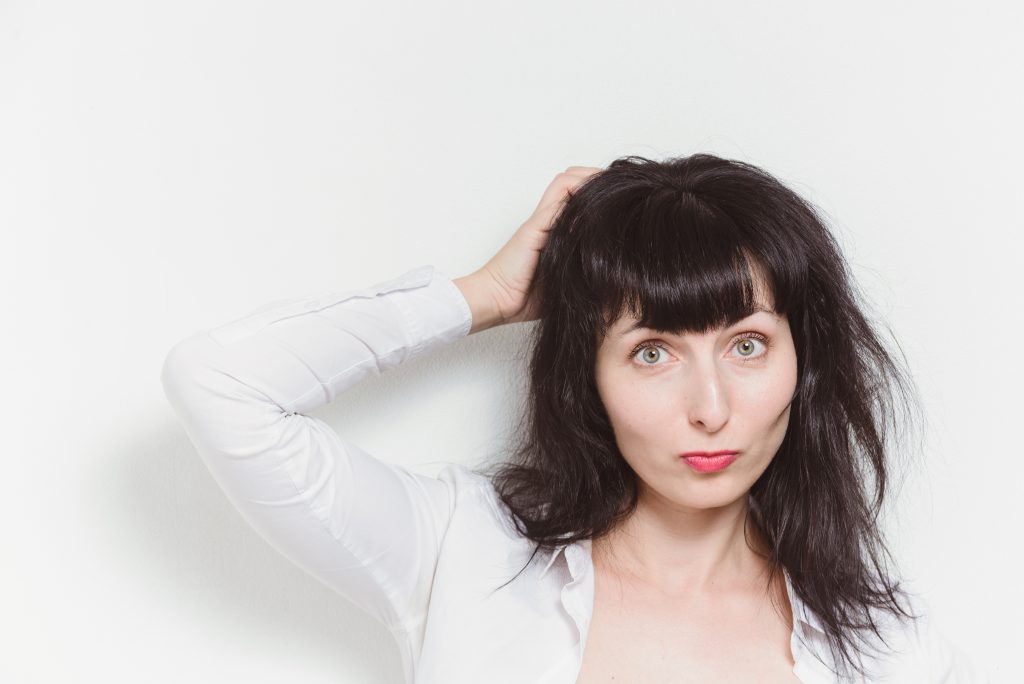
7. Straight Nose
It has no dips or bumps—just a clean, straight bridge. It works with almost any face shape. That’s why it’s a favorite in rhinoplasty. It draws attention without overpowering other features.
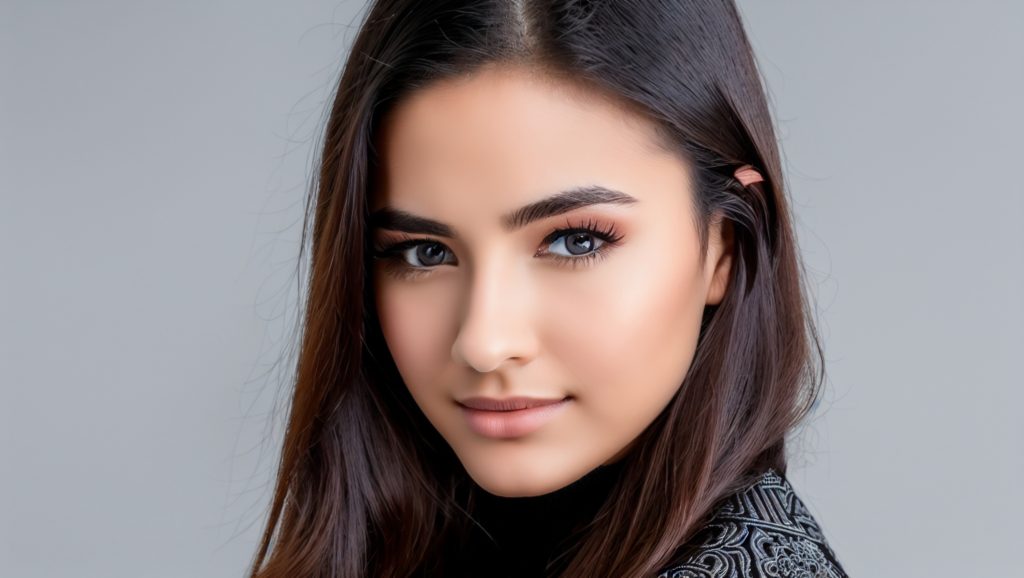
8. Thick-Skinned Nose
This nose has thick, oily skin, mostly around the tip. It can look rounder and less defined in shape. Healing also takes longer with thick skin. So, doctors take extra care when shaping it.
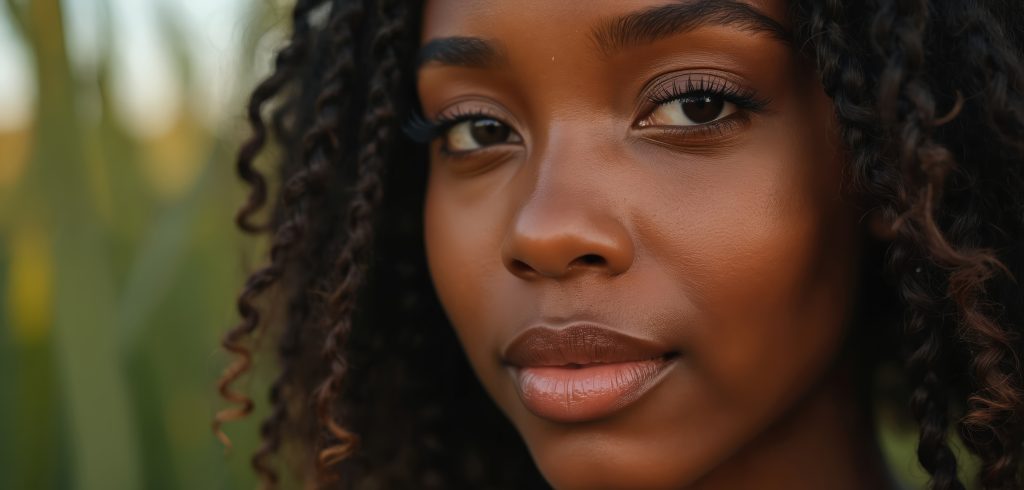
9. Long Nose
It stretches out more than usual and may stand out on the face. Some feel it makes other features look smaller. Fixing the length helps create better facial balance. Even small changes can make a big difference.
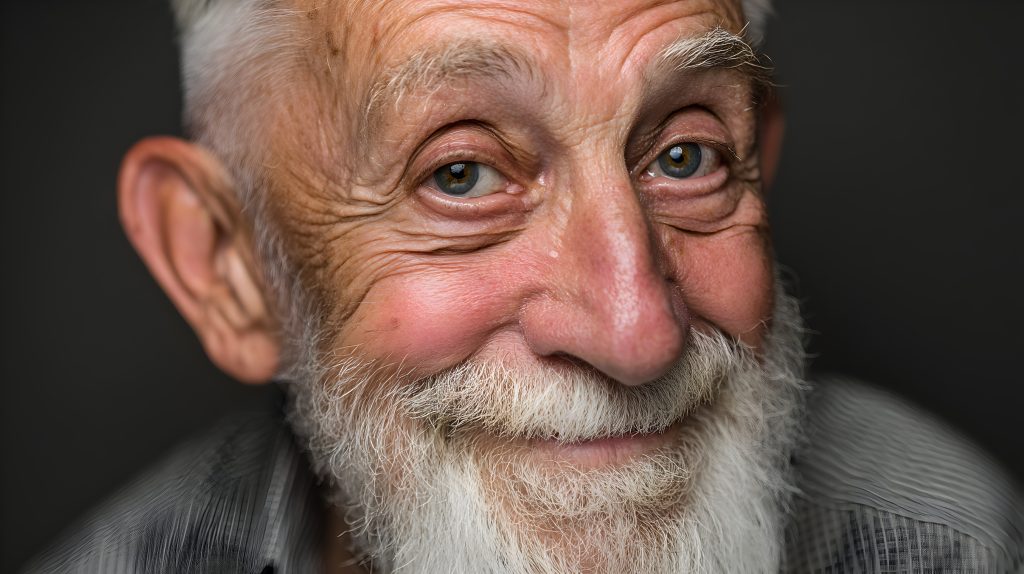
10. Saddle Nose
There’s a dip in the bridge that makes the nose look sunken. It’s often caused by trauma or infections. This shape affects both looks and breathing. Surgery can rebuild the bridge and restore the structure.

11. Snub Nose
This nose has a low bridge and a flat front look. It’s common in many ethnic groups and has its own charm. Some prefer more height for a sharper look. Others proudly keep it as part of their identity.

12. Wide Nose
It has a broad base and wide nostrils. The width depends on bone and cartilage structure. In many cultures, it’s a symbol of strength and pride. Still, some reduce it for a slimmer and sharper look.
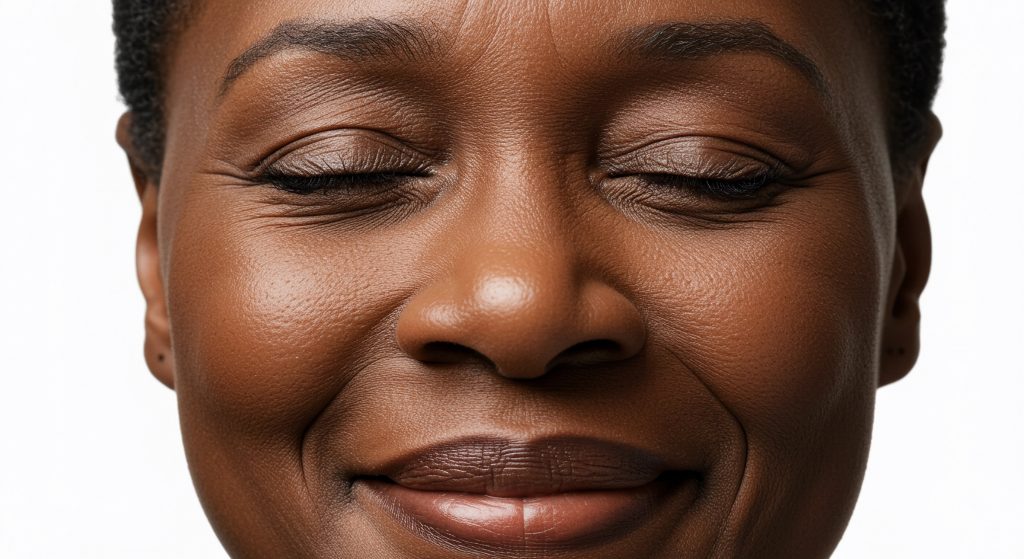
13. Round Nose
The tip is soft and circular instead of sharp. It gives a gentle and youthful vibe. Some people refine the tip for more definition. A small tweak can bring a big difference.

14. Button Nose
It’s small, round, and balanced with soft facial features. This shape looks cute and refined at the same time. That’s why it’s highly requested during nose reshaping. It fits well with most face types.

15. Barbie Nose
It’s a small, lifted nose with a narrow bridge. The look is inspired by Barbie dolls—sharp and glamorous. Many go for this to get a picture-perfect profile. It’s a current trend in cosmetic surgery.
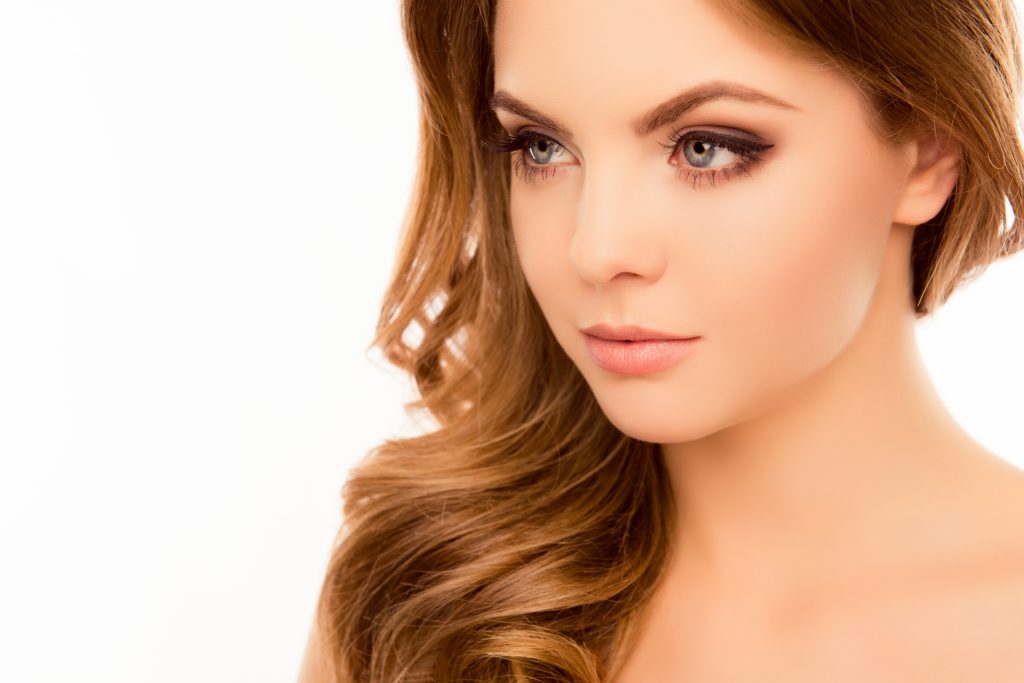
16. Nose with a Bridge Bump
You’ll notice a raised bump on the bridge. It may come from genetics or a past injury. Many smooth it out for a clean side profile. The goal is to create a more balanced appearance.

17. Deviated Septum Nose
This happens when the inside wall of the nose shifts to one side. It affects breathing and changes how the nose looks. Septoplasty fixes the issue and improves airflow. It’s a medical and cosmetic fix in one.
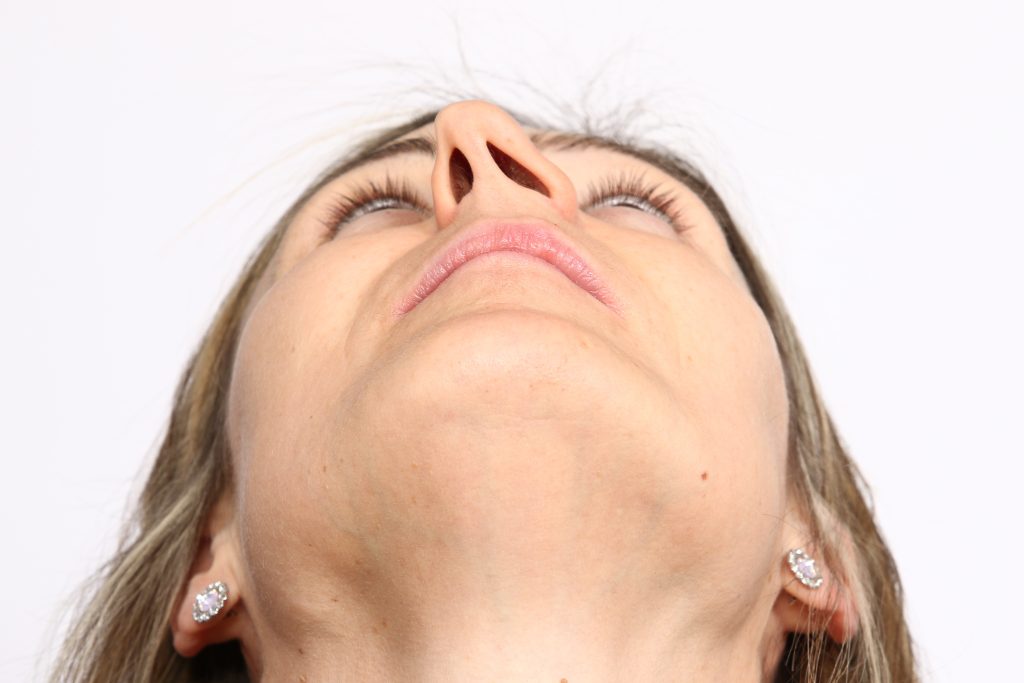
18. Bulbous Nose
It has a big, rounded tip that stands out. This comes from thick skin or large cartilage. People often reduce the size to sharpen the look. The aim is to get a cleaner and defined nose tip.

Rhinoplasty Cost: How Much for the Surgery?
Rhinoplasty, also known as a nose job, is not a cheap procedure. On average, it costs around $7,600. But that’s just the base surgery fee. It doesn’t include anesthesia, facility charges, tests, or aftercare. So when you add everything, the total cost usually goes much higher.
In most cases, you might have to pay anywhere between $5,000 and $15,000. The final amount depends on many things, like where you live, who your surgeon is, and what type of surgery you need.
1. Things that Increase the Cost
Not every rhinoplasty is the same. Some are simple, and some are more complex and expensive. Here are the main things that can change the total cost for you:
2. Your Surgeon’s Experience
If your surgeon is highly skilled or well-known, they’ll likely charge more. But you also get better care, which can make a big difference in results.
3. Type of Rhinoplasty
You may need open, closed, or revision rhinoplasty surgery. Some procedures also fix breathing issues, not just appearance. These functional cases usually take more time and cost more.
4. Location
Where you get the surgery matters, too. Big cities like LA or NYC have much higher prices due to rising demand and cost of living. Smaller cities or towns usually offer lower prices for the same procedure.
What’s Included in the Total Price?
The total cost isn’t just about the surgery. There are other charges you’ll have to cover. Here’s a breakdown so you know what to expect:
| Anesthesia | You’ll need it during surgery, and it’s charged separately. The cost depends on how long your surgery takes and who gives the anesthesia. |
| Surgical Facility | This covers the operating room, medical tools, and recovery setup. Better and safer clinics usually charge more. But they’re worth it. |
| Medical Tests | Your doctor might ask for tests before surgery to check your health. Blood work, scans, or an EKG might be part of this, and they’re extra. |
| Post-Surgery Items | You may get nasal splints, dressings, or support items after surgery. These help with healing and are usually billed separately. |
| Medications | You’ll likely get pain medicine, antibiotics, or anti-inflammatory drugs. These are important for healing but not always included in the base cost. |
| Surgeon’s Fee | This is the biggest part of the cost. It’s based on your surgeon’s time, effort, and overall experience. |
Will Insurance Cover Nose Job Cost?
It depends on why you’re getting the surgery. If you’re doing it for looks, it’s considered cosmetic and not covered. But if it’s to fix breathing problems, it might count as medical. That type of surgery is called functional or reconstructive rhinoplasty.
To get insurance approval, you’ll need a full medical checkup. Your doctor will have to prove that the problem affects your breathing. And your insurer will likely ask for pre-approval before the surgery.
Cover the Cost of Rhinoplasty With Credee
It’s highly possible that you have to pay for your rhinoplasty. Your insurance won’t cover the cost as it’s cosmetic surgery. And even if it’s not cosmetic, chances are slim for full coverage. You might have to pay many bills out of pocket.
But there’s no need to worry. Many surgeons provide flexible payment plans with the help of platforms like Credee. It can help you split the treatment cost. And pay the bills flexibly.
That’s why you should inquire about payment options during consultations. It can help you choose the best surgeons. But not all surgeons provide payment flexibility. Make sure you ask about this before getting the surgery.
The End Note
Rhinoplasty is a big step. But you don’t have to rush into it. You should know your nose type, healing time, and what the total cost includes. Many people forget this part and feel overwhelmed later.
Don’t be one of them. Talk to your surgeon. Ask every question that’s on your mind. And before you decide, check if they offer flexible payments with Credee. It takes one less worry off your plate and makes the process more comfortable.
FAQs
1. How Much Does a Rhinoplasty Cost?
Rhinoplasty costs around $7,600 on average. But the total can go up to $15,000 depending on your location, surgeon, and surgery type.
2. How Much Is a Nose Job Without Insurance?
Without insurance, a nose job is considered cosmetic. You’ll pay the full cost—usually between $5,000 and $15,000.
3. Is Rhinoplasty Cost Similar to Septoplasty Cost?
No. Rhinoplasty is cosmetic, so it usually costs more. Septoplasty is medical, often covered by insurance, and may cost less out of pocket.
4. Is There a Way to Lower My Nose Surgery Cost?
Yes. Choose a qualified surgeon in a smaller city, look for payment plans, or ask about combining procedures to save on facility fees.
5. How Much Does a Nose Job Cost with Insurance?
If it’s just for looks, insurance won’t cover it. But if it fixes breathing issues, insurance might help cover some or all costs.
Want to offer flexible payment plans to your patients?
Schedule a Demo





